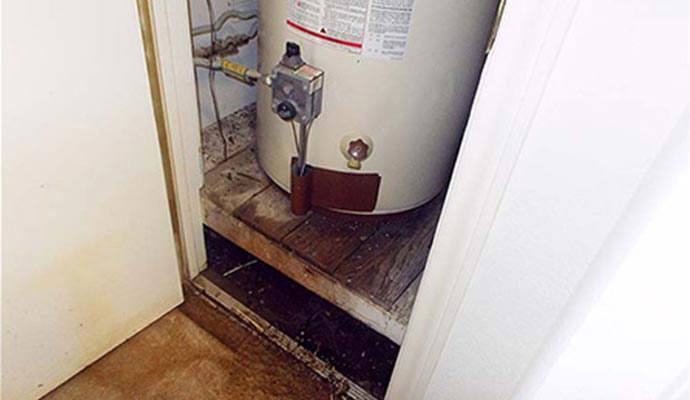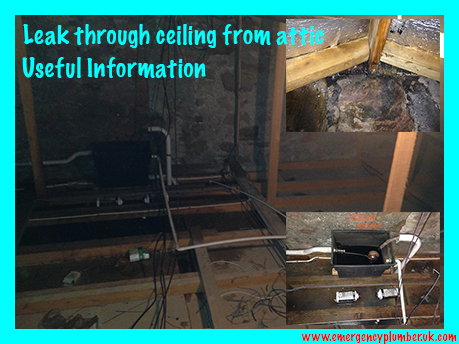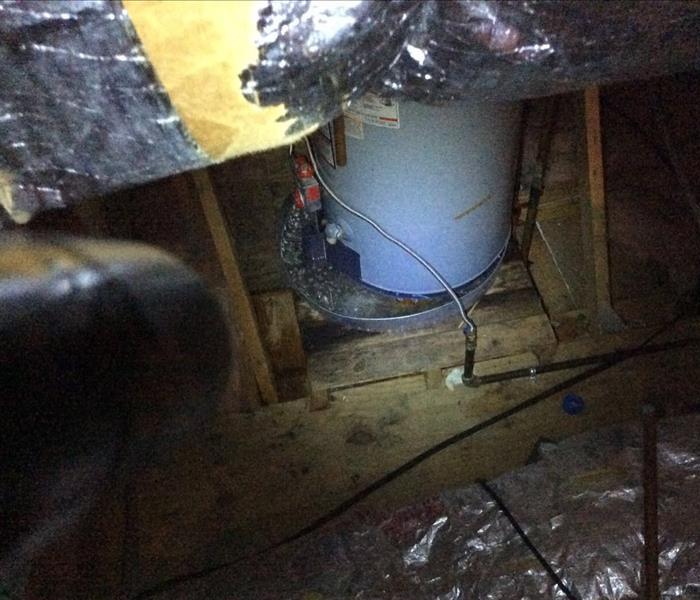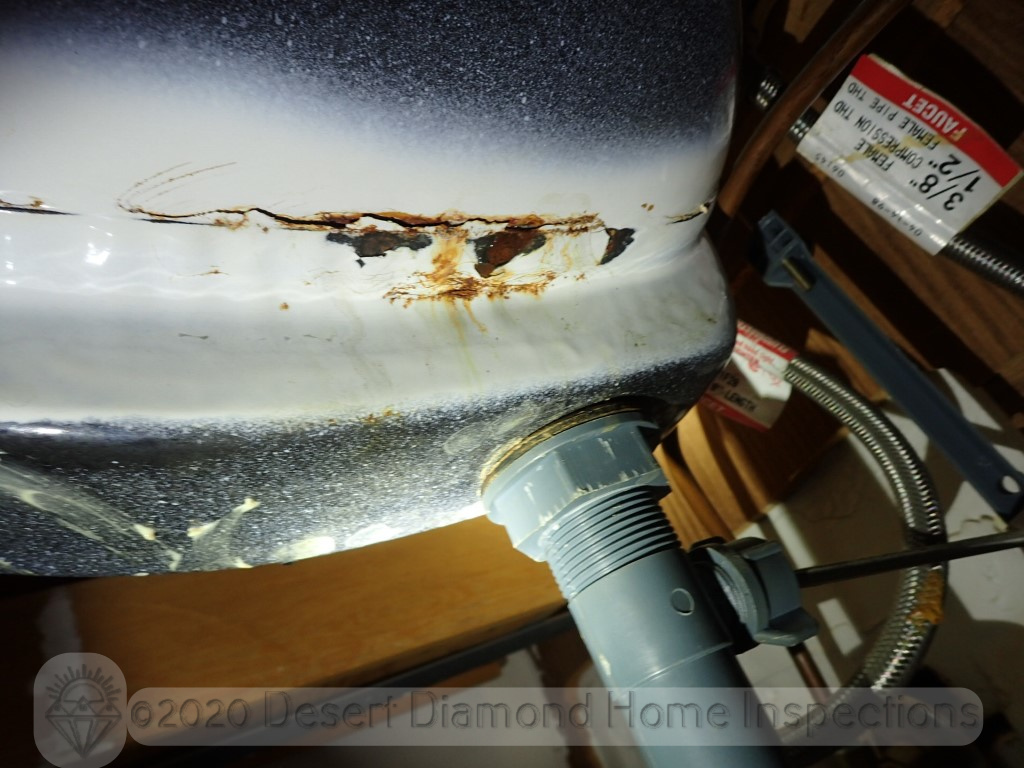If the leaking overflow pipe is at loft level or protrudes from the eaves of the roof then the source is either the cold water storage cistern or the smaller feed and expansion cistern that supplies the boiler if you have one.
Overflow tank in attic leaking.
A leaking overflow on the tank is a common cause of a faulty ball cock which is also known as a float operating valve part 1 or part 2.
At the very least shingles.
Once done refill the tank with cold water.
A cheaper way to fixing a float operating valve is by replacing the valve but in some cases as experienced the valve is then weaker and no longer under manufactures guarantee.
This is a valve located on the water pipe that.
There are normally two but can be virtually any number depending on the size and type of system you have.
Stop the water feed into either of the water tanks by turning the.
Go into the loft and take the lid off each tank.
These type of water leaks are easy to find but also easy to fix if your good at a bit of diy plumbing.
Take the lid off each tank and check how high the water level is in each one.
In all cases if you do not know which is the problem cistern then a visual inspection will tell you.
The most common leaks coming through the ceiling from the attic would be the float operating valve followed by a burst pipe due to the cold or a joint on the pipe work that may of been knocked at some point.
Rainy weather causes the first type of leak to be discovered.
The water level in a tank is too high so it is running out the overflow.
Your central heating system might also benefit from a powerflush to clear out any sludge debris or rust that s blocking the water from flowing properly.
Water leaks occur through roof failure ice dams and water condensation or frost build up inside an attic.
Use a flat head screwdriver to turn the screw a quarter turn clockwise.
When removing the sludge try not to disturb the water too much as it could end up making its way down the overflow pipe.





























